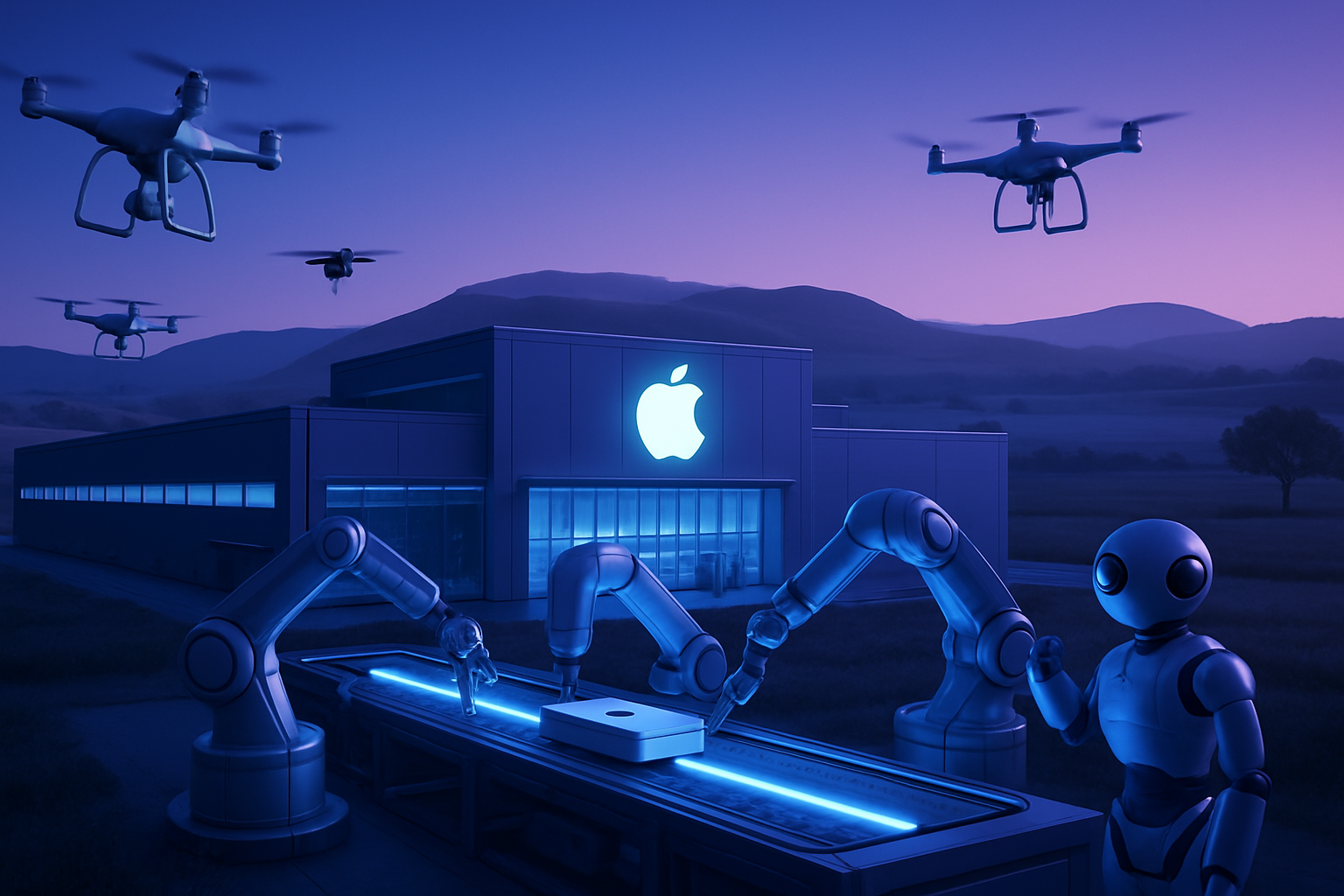The strategic use of artificial intelligence (AI) by the IDF in its confrontation with Hamas in Gaza is redefining contemporary military paradigms. This innovative technology allows for the targeting of armed group members accurately and quickly, thus amplifying the efficiency of operations. The integration of AI into intelligence processes raises complex ethical and legal questions about data handling and civilian protection.
A growing dependence on AI changes military intelligence. Algorithms determine thousands of potential targets, leading to increased criticism regarding humanitarian impacts. The complexity of military decisions is unprecedented. By focusing on precision, the IDF could alter the very nature of military engagements. The stakes of the war in Gaza now transcend mere armed confrontation, engendering a debate about the future of conflict conduct.
The Israel Defense Forces (IDF) integrate artificial intelligence into their military operations, particularly during the conflict with Hamas in Gaza. This technology enables more effective targeting of individuals and military infrastructure. According to a report by The Washington Post, the use of AI has contributed to the rapid update of the “target list,” a directory consolidating identified terrorists.
The AI system, known as Habsora — meaning “the Gospel” — is capable of generating several hundred additional targets, thus allowing for optimized tactical preparation. Military experts consider this system one of the most advanced initiatives in military AI to date. The algorithms used analyze vast datasets, ranging from intercepted communications to satellite images.
Internal debates on the effectiveness of AI
Within the senior ranks of the IDF, a persistent debate arises regarding the effectiveness of the information collected by these AI systems. The anxiety centers on the quality of recommendations provided by AI and on the sometimes insufficient descriptions of targets. The increased reliance on these technologies raises concerns about a potential degradation of human intelligence capabilities.
Some analysts fear that the emphasis on AI has led to a reduction in Unit 8200’s historical “alert culture,” which allowed all analysts, even those of lower rank, to directly inform commanders of strategic concerns.
Quantitative impact of operations
Critics particularly highlight how AI may have overlooked the unintended effects of the conflict, potentially contributing to the increase in casualties in Gaza. Steven Feldstein, an expert in military technologies, notes that the war in Gaza heralds a paradigm shift in modern warfare. The real danger lies in the combination of accelerated decision-making processes and issues of accuracy.
Analysts report that these systems facilitate the extraction of relevant data from a multitude of sources, thereby improving target identification and prioritization. However, this ease should not mask tragic misjudgments that affect civilians.
In response, the IDF rejects accusations that its use of AI endangers lives. In an official statement, the army emphasizes that better data collection leads to a generally more “accurate” process and fewer collateral damages. It insists that these tools serve to minimize risk to civilians, thereby respecting the Law of War.
Targeting processes and methodologies
The algorithm named “Lavender,” implemented in 2020, assesses potential members of Hamas and Islamic Jihad. The criteria that this program uses include membership in messaging groups, frequent changes of address and phone number, and mentions in militant records. This assessment, integrated into the Habsora system, enables analysts to make informed judgments.
Soldiers, using image recognition technologies, are able to extract subtle patterns in satellite images accumulated over years. These rapid analyses reduce the time needed to identify hidden military installations or underground infrastructure to just a few minutes. These applications process thousands of interceptions each day, a colossal challenge for human analysts who must sift through relevant information.
Faced with such a dense flow of data, the IDF invests in cloud technologies, optimizing information processing in anticipation of foreseeable conflicts. However, preliminary results on the ground raise collective questions, particularly regarding the possible consequences of these methods for identifying “suspects” in a wartime context.
This reliance on cutting-edge technologies underscores Israel’s desire to maintain a strategic edge over its adversaries. Technological superiority is a factor that must compensate for the country’s limited size in the face of complex and persistent threats.
Frequently asked questions about the IDF’s use of AI in its fight against Hamas in Gaza
How does the IDF use AI to optimize its military operations in Gaza?
The IDF uses artificial intelligence tools to analyze vast datasets, such as intercepted communications and satellite images, to identify potential targets and improve the accuracy of its strikes.
What are the main artificial intelligence tools employed by the IDF?
Among the tools are “Habsora,” which rapidly generates a list of targetable objectives, and other algorithms that process information to prioritize military operations.
What is the IDF’s method for assessing collateral damage during attacks?
Collateral damage assessments are conducted by AI systems that cross-reference drone video data with information about the local population to estimate the number of civilians potentially affected by bombings.
What criticisms are raised against the use of AI by the IDF?
Critiques emerge regarding the quality of information provided by AI, the speed of decisions made without thorough examination, and the potential increase in civilian casualties due to the automation of strikes.
How does the IDF’s use of AI affect the principle of “warning culture”?
With the emphasis on technology, some believe that the IDF’s warning culture, where even junior analysts could signal concerns to commanders, has eroded, leading to gaps in risk assessment.
Does the IDF’s use of AI comply with international law?
According to the IDF, its AI operations are in accordance with the laws of war, which mandate the need to differentiate between civilians and combatants, though concerns remain regarding the practical application of these principles.
What is the IDF’s position on claims regarding risks to civilian lives?
The IDF rejects these claims, asserting that the use of AI improves strike accuracy and reduces collateral damage compared to previous methods.
How does AI help in identifying specific targets in Gaza?
AI algorithms analyze patterns in the data, such as changes in satellite images over time, thereby identifying hidden military installations or suspicious activities.
What are the implications of the accelerated use of AI in modern conflicts?
This could lead to a shift in how warfare is conducted, increasing lethality and raising questions about the ethics of automatic decision-making in military environments.






